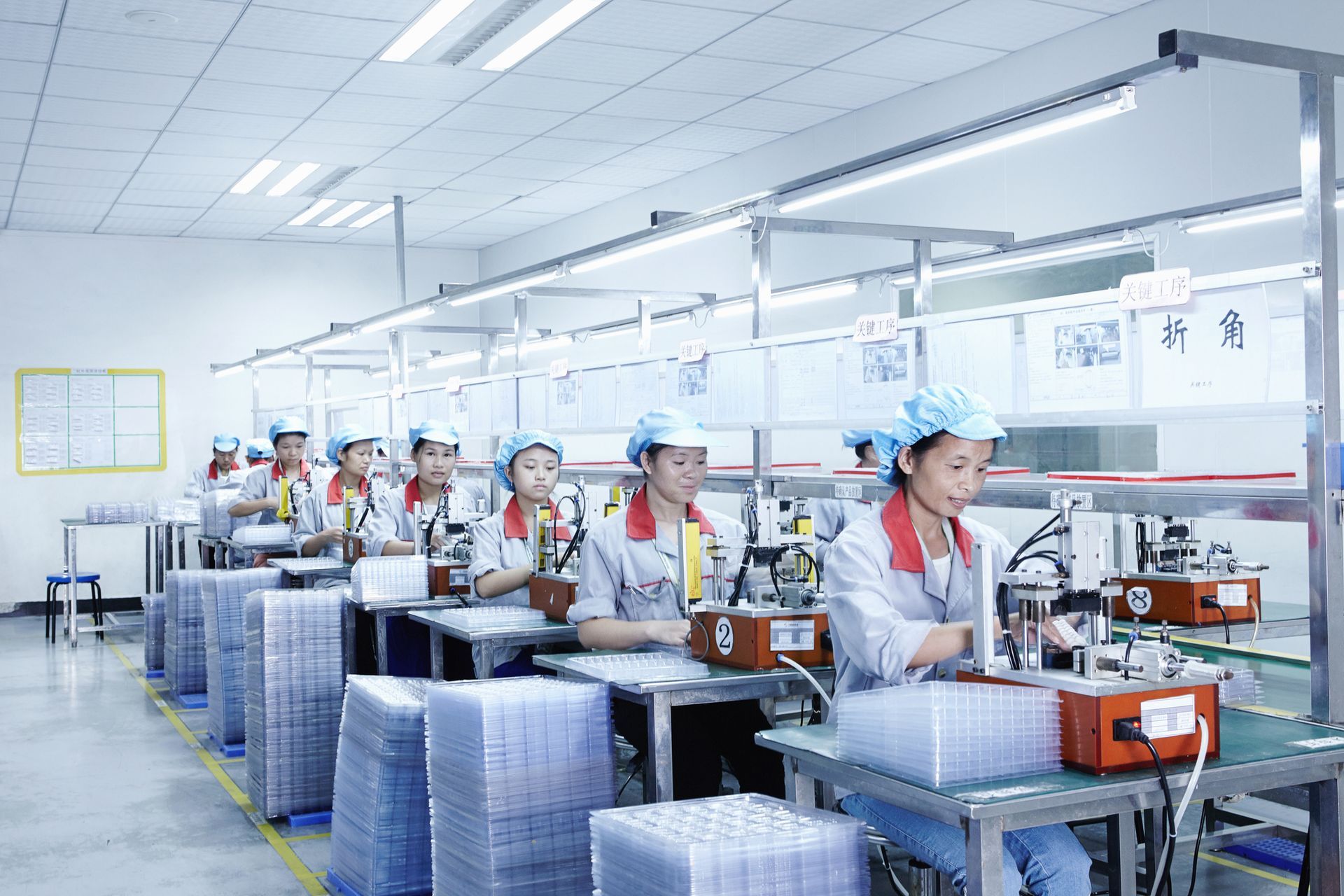Trade Strategies for Smaller Chinese Manufacturers Amid Trump’s Trade Policies

As Donald Trump’s second term begins in 2025, his administration’s trade policies are once again sending shockwaves through global markets, with China squarely in the crosshairs. Building on his first-term playbook, Trump has promised steep tariffs—potentially exceeding 60% on Chinese imports—to protect American industries and reduce the U.S. trade deficit. For smaller Chinese manufacturers, already battered by years of trade tensions, supply chain disruptions, and rising costs, these policies present an existential challenge. Unlike their larger counterparts with deep pockets and global reach, smaller firms must adopt agile, innovative strategies to survive and thrive in this turbulent landscape. This article explores the key trade strategies these manufacturers can pursue to adapt to escalating tariffs, export restrictions, and supply chain uncertainties.
The Tariff Tightrope: Diversifying Markets
The cornerstone of Trump’s trade agenda is tariffs, which act as a tax on Chinese goods entering the U.S., once China’s largest export market. For smaller manufacturers reliant on U.S. buyers—think family-run factories producing textiles, electronics components, or machinery parts—these tariffs erode profit margins and price competitiveness. One viable strategy is market diversification. By pivoting to alternative markets in Southeast Asia, Europe, or Africa, these firms can reduce their dependence on the U.S. For instance, countries like Vietnam and Indonesia, with growing consumer bases and favorable trade agreements, offer untapped opportunities.
However, diversification is not without hurdles. Smaller manufacturers often lack the resources to conduct market research or establish overseas networks. To overcome this, they can leverage trade promotion organizations like the China Council for the Promotion of International Trade (CCPIT) or partner with e-commerce platforms such as Alibaba and JD.com, which provide access to global buyers at a lower cost. While the U.S. market may shrink, demand for affordable, quality goods persists elsewhere—smaller firms must seize it.
Supply Chain Resilience: Relocation and Regionalization
Trump’s policies don’t stop at tariffs; they also aim to reshape global supply chains, encouraging U.S. companies to “reshore” or “nearshore” production. This shift pressures Chinese manufacturers to rethink their supply chain strategies. For smaller firms, relocating production to tariff-friendly countries—such as Vietnam, Mexico, or India—is a compelling option. These nations offer lower labor costs, proximity to key markets, and exemption from U.S. tariffs on Chinese goods. For example, Vietnam has emerged as a manufacturing hub, with exports to the U.S. surging over 20% annually since 2018, according to World Bank data.
Relocation, however, poses risks for smaller players. Moving factories requires capital, regulatory navigation, and retraining workers resources many lack. A more feasible alternative is regionalization: building supply chains within Asia to serve Asian markets. By sourcing materials and assembling products closer to home, manufacturers can cut costs and bypass U.S.-centric trade barriers. Collaborating with regional partners or joining industrial clusters in provinces like Guangdong can amplify these efforts, pooling resources to compete on a global stage.
Innovation and Value-Added Production
Tariffs hit commodity goods hardest, where price competition is fierce. Smaller Chinese manufacturers can counter this by shifting from low-cost, high-volume production to value-added products less sensitive to price hikes. Investing in innovation—whether through
advanced manufacturing techniques like automation or developing niche, high-quality goods—can carve out a competitive edge. For instance, a small electronics supplier might transition from producing generic components to specialized parts for renewable energy
systems, tapping into global demand for green technology.
This shift demands investment in research and development (R&D), a daunting prospect for cash-strapped firms. Government subsidies, such as those under China’s “Made in China 2025” initiative, can bridge the gap, offering funding for tech upgrades. Additionally, partnerships with universities or larger firms can provide access to cutting-edge designs and patents. By climbing the value chain, smaller manufacturers can insulate themselves from tariff wars and appeal to buyers willing to pay a premium.
E-Commerce and Direct-to-Consumer Models
Traditional export channels—relying on intermediaries and bulk shipments—are increasingly vulnerable to tariffs and logistical snarls. Smaller manufacturers can bypass these constraints by embracing e-commerce and direct-to-consumer (DTC) models. Platforms like Amazon, Tmall Global, and Shein enable firms to sell directly to overseas customers, reducing reliance on U.S. distributors affected by tariffs. A toy maker in Zhejiang, for example, could market its products to European or Australian parents via online storefronts, sidestepping U.S. trade barriers entirely.
The DTC approach requires digital literacy and marketing savvy, areas where smaller firms may lag. Hiring third-party logistics providers or digital consultants can streamline the transition. Moreover, e-commerce allows manufacturers to test new markets with minimal upfront investment, adapting quickly to shifting demand. As Trump’s policies disrupt conventional trade flows, going digital offers a lifeline.
Collaboration and Collective Bargaining
Alone, smaller manufacturers lack the clout to negotiate with foreign buyers or governments. Together, they can wield greater influence. Forming cooperatives or industry alliances enables these firms to pool resources, share shipping costs, and lobby for favorable policies. For instance, a group of small textile producers could jointly negotiate with a European retailer, securing contracts that individual firms couldn’t win. In China, trade associations like the China Chamber of Commerce for Import and Export of Machinery and Electronic Products (CCCME) can amplify their voice, advocating for tariff exemptions or trade deals.
Collaboration also extends to supply chains. By integrating with larger domestic firms, smaller manufacturers can piggyback on established networks, gaining access to stable suppliers and export routes. This symbiotic relationship strengthens resilience against external shocks, ensuring survival in a tariff-laden world.
The Road Ahead
Trump’s trade policies, with their focus on tariffs, export curbs, and supply chain reconfiguration, pose a formidable challenge for smaller Chinese manufacturers. Yet, within this storm lies opportunity. By diversifying markets, rethinking supply chains, innovating products, embracing e-commerce, and collaborating strategically, these firms can adapt to a rapidly changing global trade environment. The path forward demands agility, creativity, and a willingness to break from tradition—no small feat for resource-constrained businesses.
As of March 2025, the full scope of Trump’s agenda remains unfolding, but one thing is clear: smaller Chinese manufacturers must act decisively. Those who navigate these challenges with foresight and flexibility will not only endure but emerge stronger, proving that even in the face of giants, the small can prevail.
Please contact Landmark Advisors at andrew@landmarkadv.com to see how we can help you achieve your goals.



